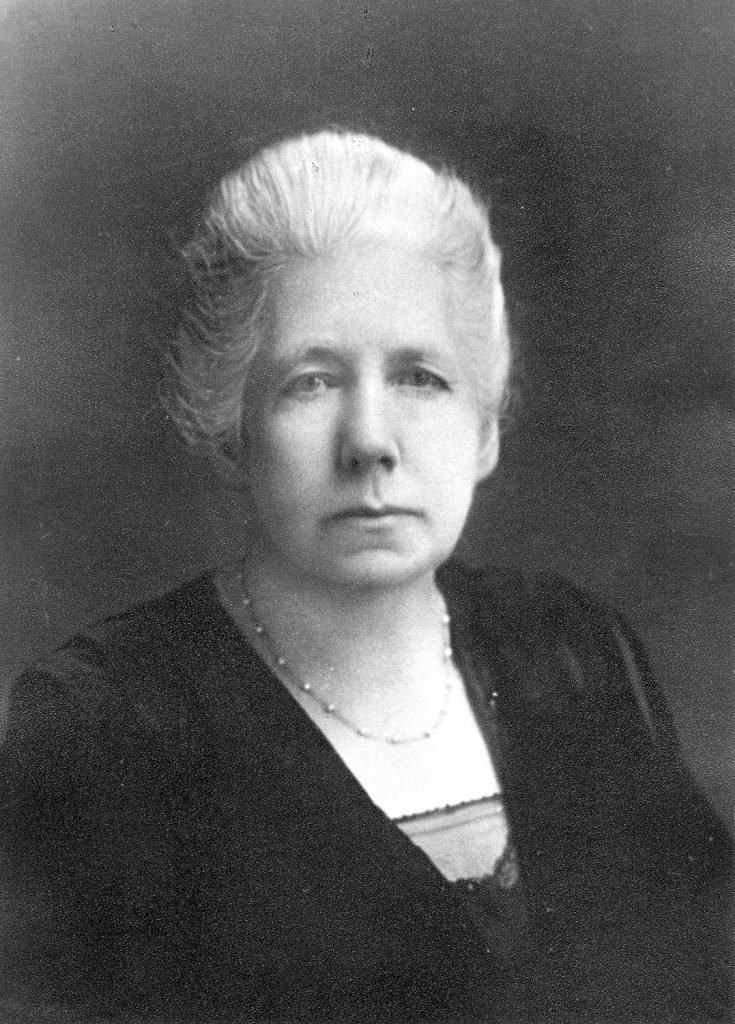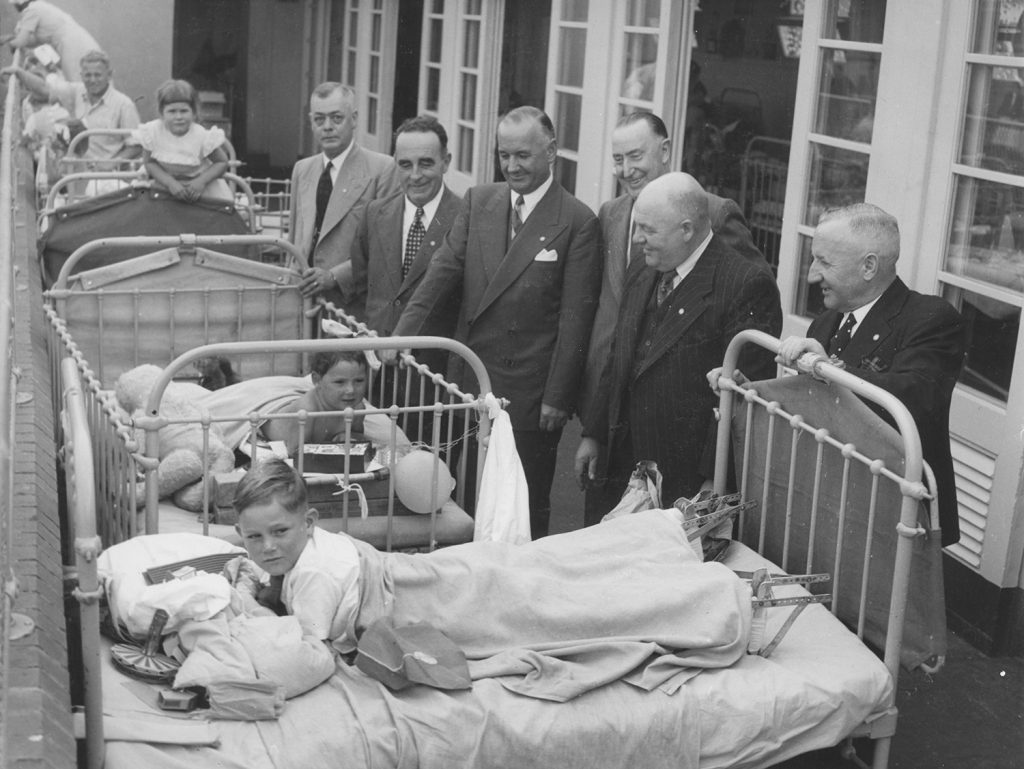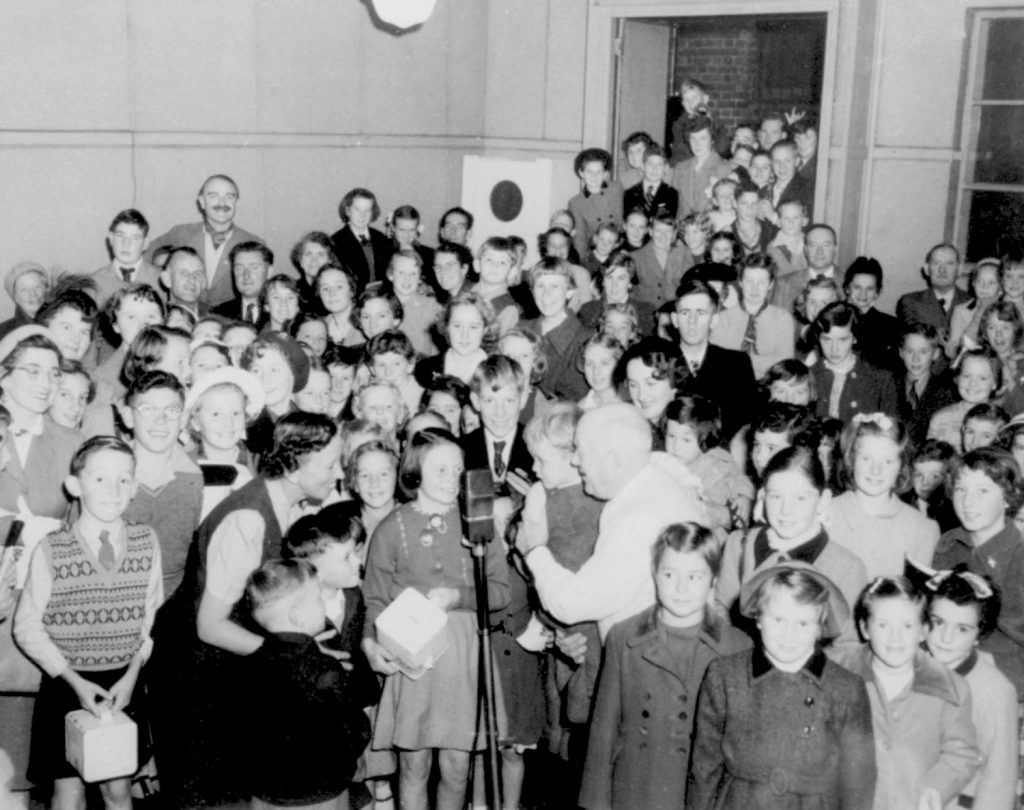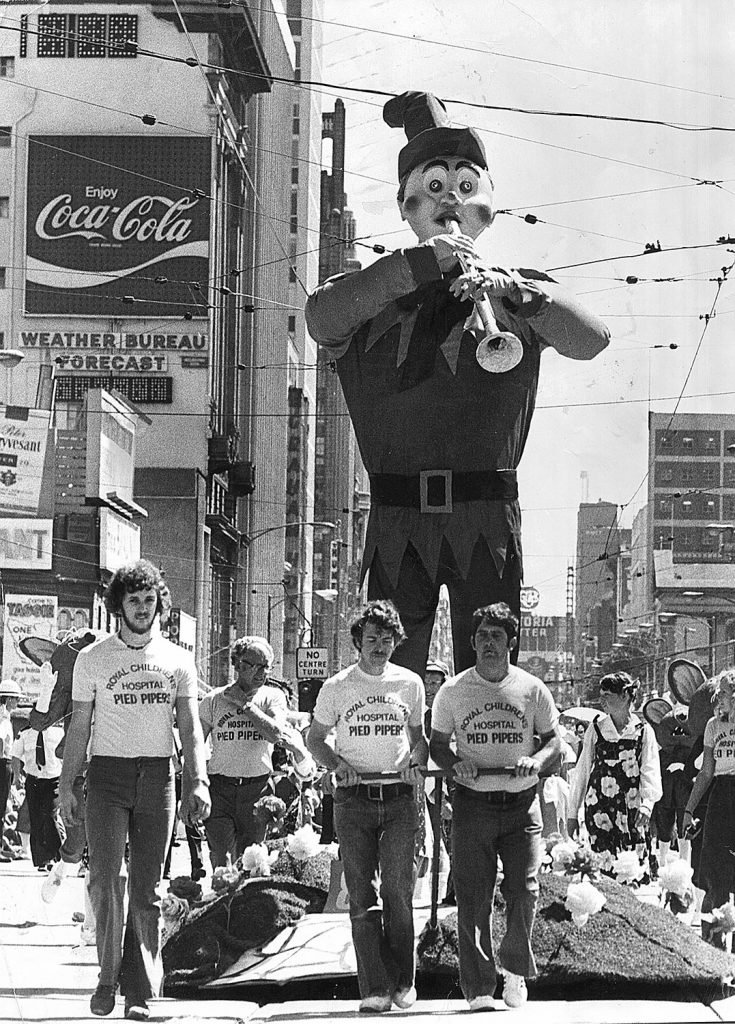– 150 years of history at The Royal Children’s Hospital –
A concise and chronological record of the rich and diverse 150-year history of The Royal Children’s Hospital (RCH).
Please feel free to scroll through all 150 years or easily filter information via categories or tags.
The historical images have been sourced from the RCH Archives and Collections, unless stated otherwise.
Images have been chosen to illustrate the subject matter and may not necessarily reflect the date of the event.
The RCH has produced such an immense amount of groundbreaking achievements and we cannot assume to have captured them all here.
Do you think an achievement, person, or event is missing? Please send your suggestion to: archives@rch.org.au. We hope you enjoy exploring!
Showing Events Tagged with: community
1872
First Children’s Hospital Bazaar
The first of many community fundraising events, the bazaar raised over £2000.
1894

Mary Guthrie
Guthrie became a member of the Committee of Management and played an active role at the hospital until 1931. During the early 1920s Guthrie was instrumental in establishing the Auxiliary service at the Children’s Hospital.
1896

Competition for a New Building Design
May 1896
The winning entry was not implemented, the committee inexplicably actioned a different design to replace Redmond Barry’s house.
1921
League of Former Trainees and Associates (LOFT) Established
LOFT supports an annual scholarship for nursing research and provides a platform for members to maintain relationships and connections with the hospital.
1922
First Auxiliaries Meetings Held
Committee members from Kew, Essendon, Toorak, Black Rock, St Kilda and Malvern orchestrated the first meetings.
1940
The Children’s Orthopaedic Hospital Parent’s Association Auxiliary
Founded by the parents of long-term patients, this Auxiliary provided support in the way of fundraising and food donations.

Railway Employees Auxiliary
Jake Attrill, father of a patient, organised for around 5,000 of his railway colleagues to donate regularly straight from their pay cheque.
1942

Foundation of the Uncle Bobs Club
Alf Clarke, Clarrie Williams, Jock McAdam, and Ray Fisher were the founding members, inspired by a patient they knew at The Children's Orthopaedic Hospital.

First Good Friday Radio Appeal
April 3rd, 1942
Jim Blake suggested the idea of holding an all-day radio appeal. Under the direction of Sir Keith Murdoch, 3DB supplied a platform and The Herald and Weekly Times covered all expenses. They raised £8,310.
1969

Opening of the Uncle Bobs Club Rehabilitation Centre, Chapman Street, North Melbourne
The Uncle Bobs club raised funds to refurbish the building for use as a rehabilitation centre.

The Pied Pipers
The Pied Pipers was formed by a young group of people who were inspired to fundraise for the hospital after participating in the Good Friday Appeal.
1983
First Aboriginal Liaison Officer
Ruby Lako was the first person to be appointed to this new role, funded by the Health Commission. It was a difficult position – the indigenous status of patients was not recorded by the hospital at the time.
1986

Ronald McDonald House Opened on Gatehouse Street
1992
Aboriginal Liaison Policy Advisory Committee Established
The committee consisted of hospital staff and Indigenous community members.
1995

First Aboriginal Family Support Worker
Neville Austin was appointed to this role, which was created after much advocacy from the Aboriginal Liaison Policy Advisory Committee.
Image credit: Peta Philp
1998

First National Sorry Day
May 26th, 1998
Image credit: Janelle Jakowenko
2003

Establishment of the Family Resource Centre
Now known as the Family Hub, the space provides space and entertainment for families spending time at the hospital.
Image credit: Peta Philp
2005
Indonesian Tsunami Recovery
RCH International entered into an agreement with World Vision Australia to assist the Indonesian government in the recovery from the 2004 Boxing Day tsunami.
2006

Inaugural Herald Sun / CityLink ‘Run for the Kids’
Raised more than $400,000 for the hospital.
Image credit: Alvin Aquino
2009
Black Saturday Bushfires
February 7th, 2009
Tragically, one hundred and seventy-three people in Victoria lost their lives.













